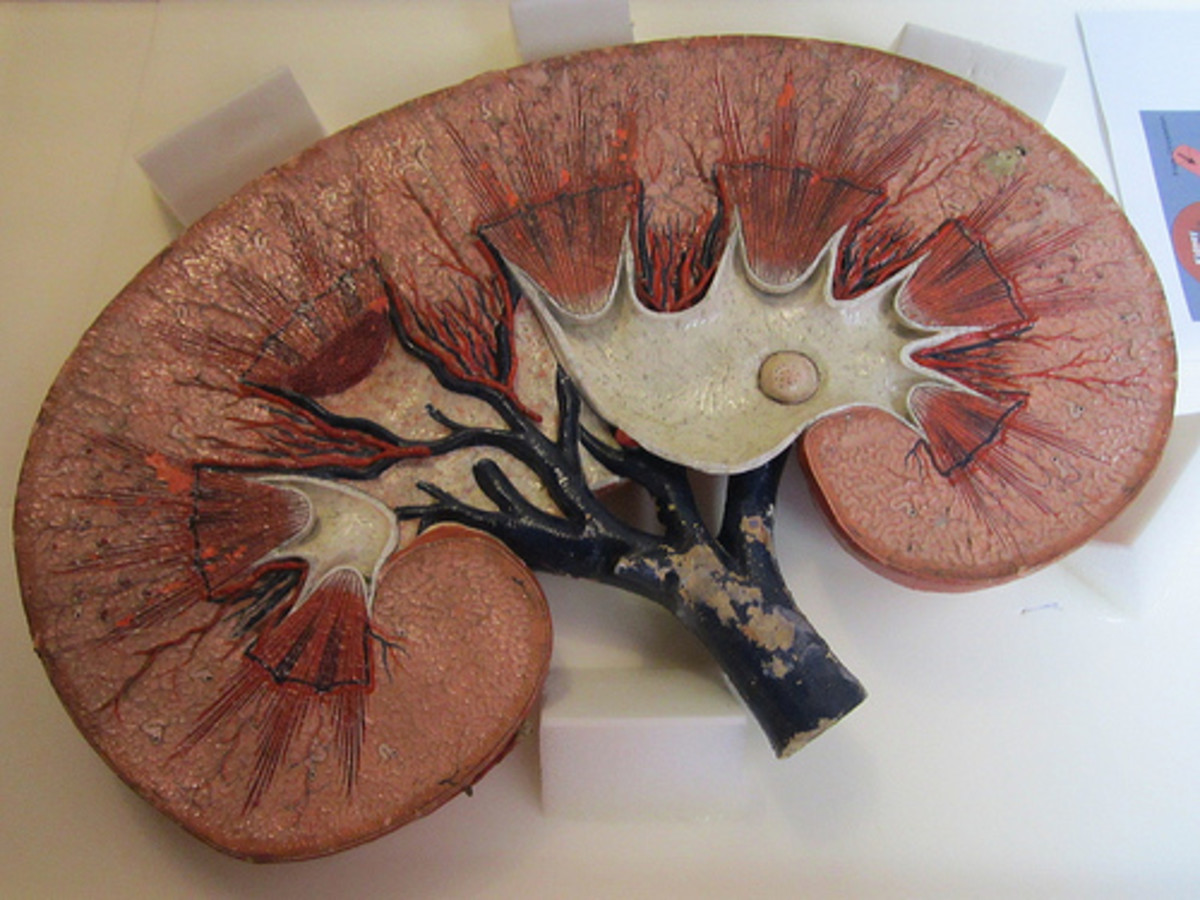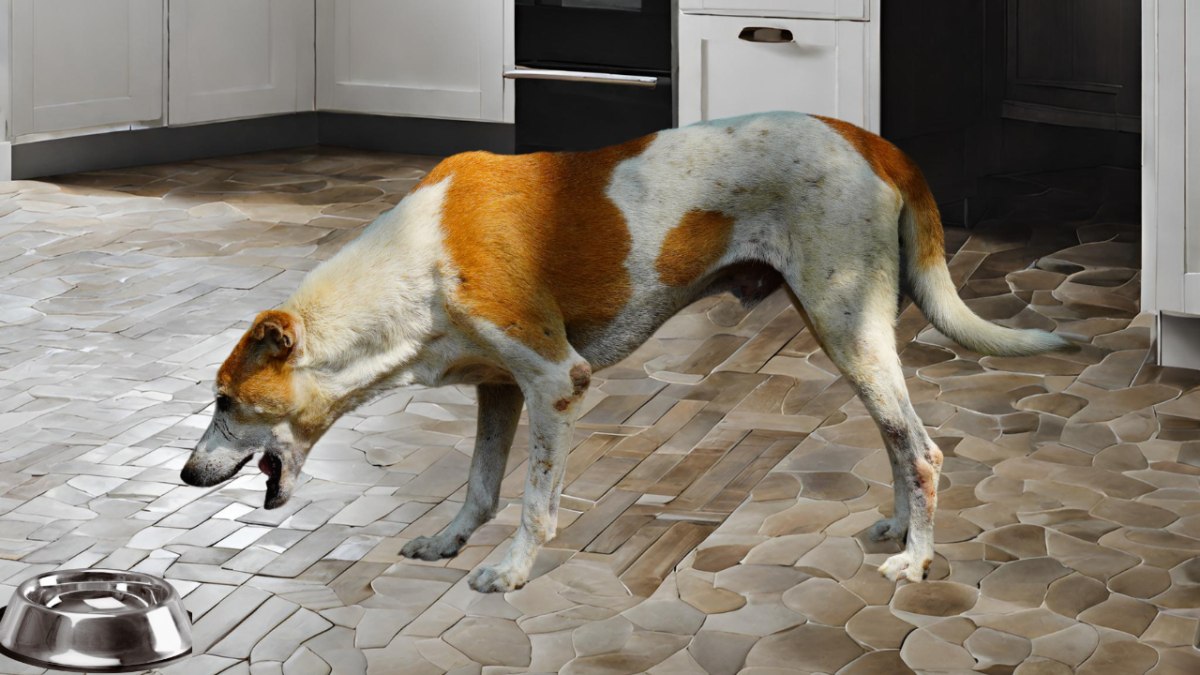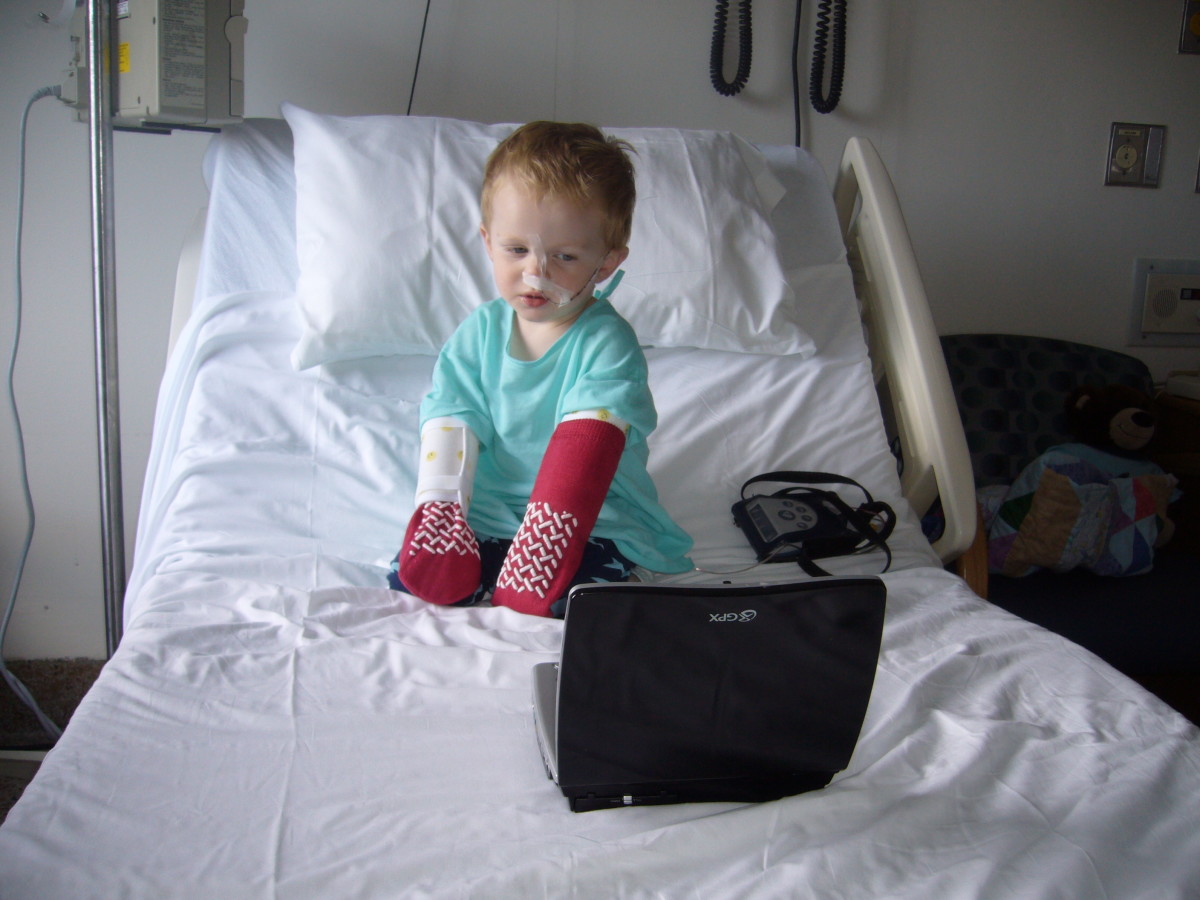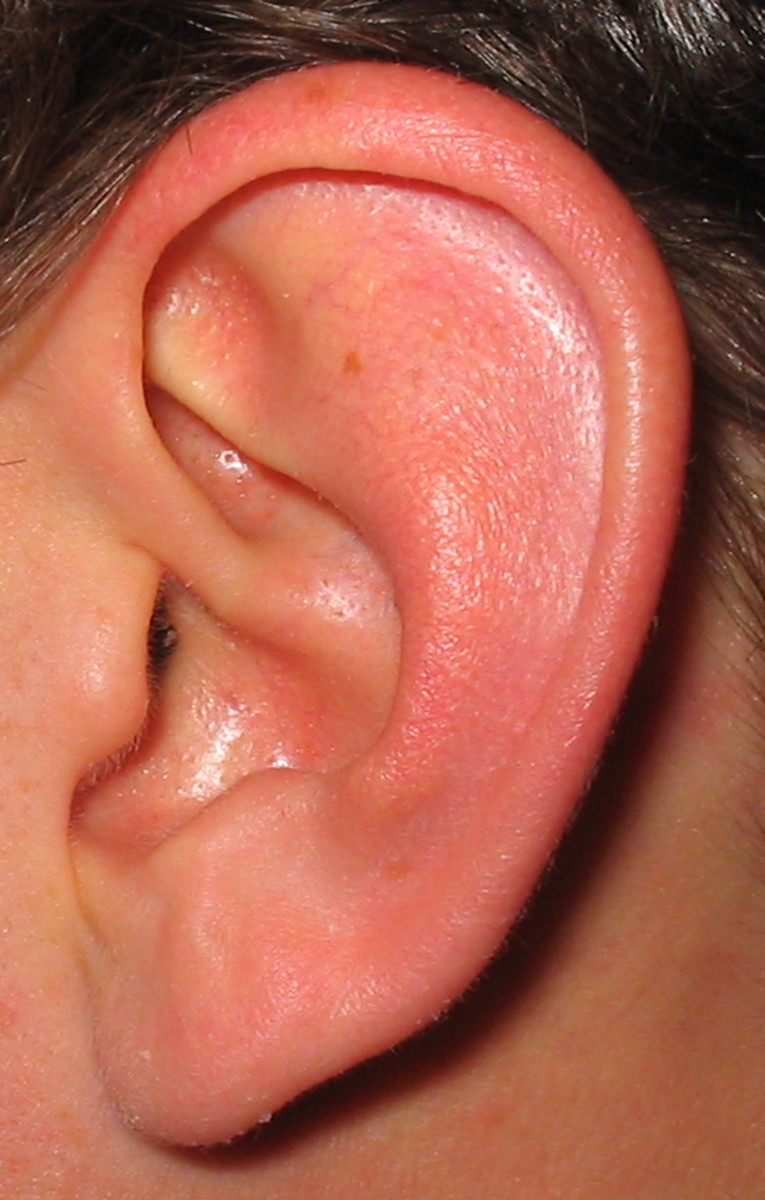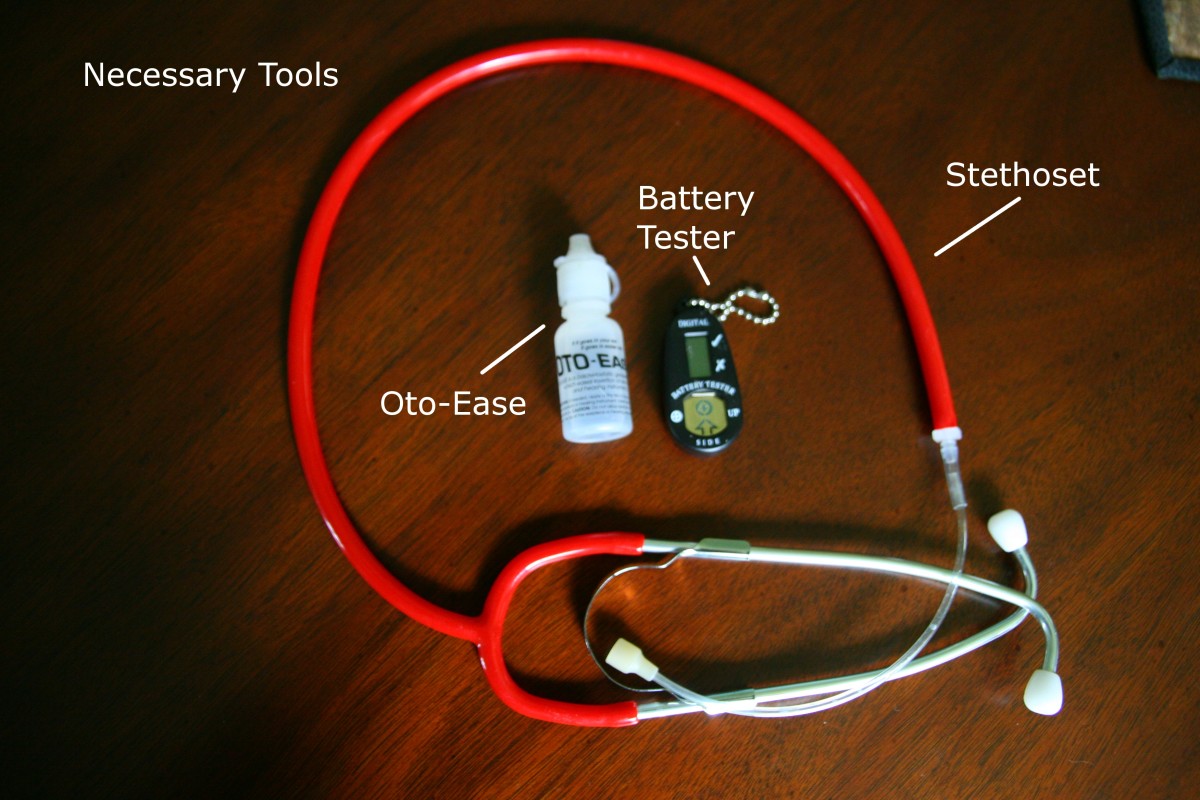My Infant Projectile Vomits is it Pyloric Stenosis?
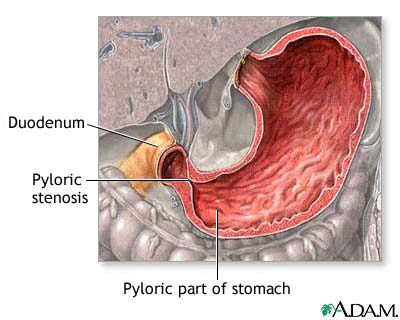
What is pyloric stenosis?
Pyloric stenosis is a condition that causes severe vomiting in the first few months of life. It affects babies between 2 and 8 weeks of age. It is caused by the narrowing of the opening from the stomach to the intestines due to the enlargement of the muscle that surrounds this opening, which does not allow the stomach contents to pass through. In other words, the muscle in this part of the stomach becomes enlarged and makes the opening more narrow, eventually it prevents the food from passing from the stomach to the intestines.
Males are more commonly affect than females, with firstborn males affected about 4 times as often.
Diagnosis
The doctor will gather a complete medical history and perform a physical examination. The doctor will also use other diagnostic procedures which may include:
- Abdominal X-ray - used to produce images of internal tissues, bones, and organs onto film.
- Abdominal Ultrasound - used to create images of blood vessels, tissues, and organs
- Barium Swallow/Upper GI Series - this test examines the organs of the upper part of the digestive system: the esophagus, stomach, and duodenum (1st sec. of small intestine). A fluid called barium is swallowed. X-rays are taken to evaluate those digestive organs.
Symptoms of pyloric stenosis
Babies with pyloric stenosis usually show signs any time in the first few weeks to months of life. The main sign is vomiting that gets worse over time. The vomiting is often described as "projectile" because it is more forceful than the usual spit-up seen at this age. Some infants will not eat as well and will also have weight loss, while others will eat just fine and also gain weight. Dehydration can occur causing less wet diapers. Infants may also have less bowel movements or no bowel movements at all.
Constant hunger, belching, and colic are other possible signs that the baby is not able to eat properly.
Race
| Incidence of Pyloric Stenosis
|
|---|---|
White
| 2.4 per 1000 live births
|
Hispanic
| 1.8 per 1000 live births
|
African American
| .7 per 1000 live births
|
Asian
| .6 per 1000 live births
|
Caucasian babies with blood type B or O are more likely than other blood types to be affected.
It is less common for children of mixed race parents to develop pyloric stenosis.
Infant Dehydration Signs
- crying without producing tears
- decreased wet or dirty diapers
- "sunken in" appearance around eyes
- soft spot on infants head may appear "sunken in"
- baby is lethargic
Treatment for pyloric stenosis
Your baby's physician will determine the proper way to treat your child. Treatment options may depend on:
- baby's age, overall health, and medical history
- extent of the problem
- baby's tolerance for specific medications, procedures, or therapies
- expectation for the course of the problem
- your opinion and preferences
Pyloric stenosis does require an operation to be repaired. The physician may need to treat the baby for dehydration and mineral imbalances first. The water and minerals can be replaced with IV fluids. Once the baby is no longer dehydrated, surgery can be performed. Your baby will be placed under anesthesia, then a small incision is made above the belly button and the tight pyloric muscle is repaired. It is generally repaired by making a small slice in the muscle to make it less strong.
Recovery and long-term prognosis
Babies can often begin drinking small amounts clear fluids within 24 hours of the operation. Most babies will be taking their normal feedings by the time they go home. The general hospital stay post-surgery is 2-3 days. Please note that babies may still vomit for several days following the operation. This is generally due to swelling of the surgical site of the pyloric muscle. The swelling will go away within a few days and the vomiting should stop.
The long-term prognosis is that the problem is unlikely to reoccur. Babies who have undergone the surgery should have no long-term affects from it.
My life experience with pyloric stenosis
My second child, which would be my first son, was diagnosed with pyloric stenosis when he was about 3 weeks old. I have never heard of this until then. He would "spit-up" a lot after each bottle and as time went on it went from spitting up a lot to projectile vomiting across a distance. The spitting-up and projectile vomiting didn't disturb me to much, I already had a child before him, and at times she could let it fly. I thought it was just a phase and all kids are different. It wasn't until he stopped having regular bowel movements that I started to think something was wrong. He would have a BM everyday, so when 3 days passed without one I decided to contact our pediatrician. Our pediatrician suggested using a suppository to see if maybe he was just constipated. Also we were scheduled to come in first thing in the morning so he could perform a physical exam.
We arrived for the appointment the next day. The doctor did his exam and then told us about pyloric stenosis, he also mentioned allergies to formula products. He gave us soy based formula samples and then sent us to the local hospital to have some more tests ran to be sure the exact diagnosis. An upper GI test was performed. My son was given a barium drink and then the digestive organs were evaluated through a real-time x-ray type machine. Sure enough he had pyloric stenosis. The hospital contacted our pediatrician, then we were directed to a Children's Hospital to have it repaired.
He was admitted to the Children's Hospital but the surgery was delayed due to the fact that my son was severely dehydrated. So dehydrated that it took them several tries, over several hours, just to be able to find a vein to withstand the placement of the IV. Once he received the IV fluids and was no longer dehydrated the operation was performed. The operation was smooth with no complications, although for us it was terrifying until we knew he was out of surgery. He was given clear fluids at first and then was returned to his normal formula. He did still vomit at first, although not nearly as much, and within a few days it diminished. He still did have "normal" spit-up occurrences just like any other baby would his age.
He is now 6 years old and he never had a recurrence or any other issue from the pyloric stenosis or the operation. The hospital did the operation laproscopically through his belly button and also on each side of the belly button. You can not see any signs of the operation when you look at him, unless you are looking extremely close for the small dot sized scars.
My advice to parents
My advice is to monitor you child closely. If you notice anything abnormal or there is a sudden change with your baby contact your pediatrician immediately or go to ER. You know your child better than anyone else. If your child is projectile vomiting and stops having regular bowel movements, you should seek medical care.
I am not a trained medical professional the information I have supplied above was from research and personal experience.
* I obtained some information from Wikipedia to write this hub*


